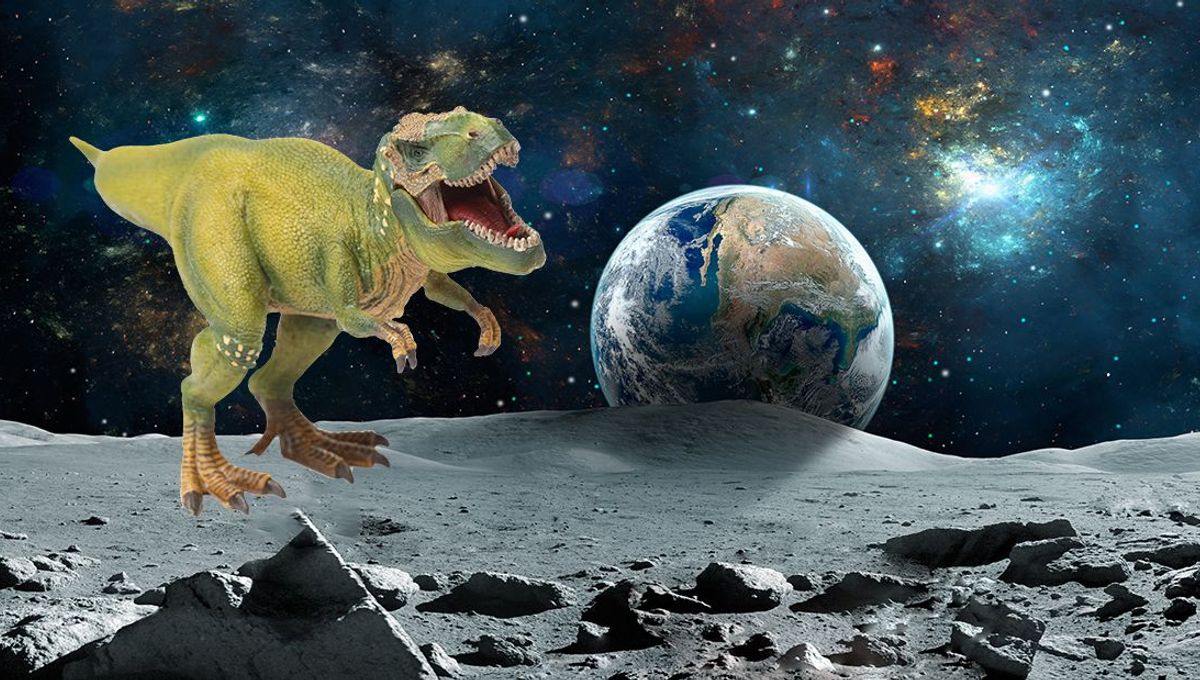- cross-posted to:
- 196@lemmy.blahaj.zone
- cross-posted to:
- 196@lemmy.blahaj.zone
The excerpt from Peter Brannen’s 2017 book The Ends of the World, to save a click through to Twitter:
“The meteorite itself was so massive that it didn’t notice any atmosphere whatsoever,” said Rebolledo, “It was traveling 20 to 40 kilometers per second, 10 kilometers-probably 14 kilometers-wide, pushing the atmosphere and building such incredible pressure that the ocean in front of it just went away.”
These numbers are precise without usefully conveying the scale of the calam-ity. What they mean is that a rock larger than Mount Everest hit planet Earth traveling twenty times faster than a bullet. This is so fast that it would have traversed the distance from the cruising altitude of a 747 to the ground in 0.3 seconds. The asteroid itself was so large that, even at the moment of impact, the top of it might have still towered more than a mile above the cruising altitude of a 747. In its nearly instantaneous descent, it compressed the air below it so violently that it briefly became several times hotter than the surface of the sun.
“The pressure of the atmosphere in front of the asteroid started excavating the crater before it even got there,” Rebolledo said. “Then, when the meteorite touched ground zero, it was totally intact. It was so massive that the atmosphere didn’t even make a scratch on it.”
Unlike the typical Hollywood CGI depictions of asteroid impacts, where an extraterrestrial charcoal briquette gently smolders across the sky, in the Yucatán it would have been a pleasant day one second and the world was already over by the next. As the asteroid collided with the earth, in the sky above it where there should have been air, the rock had punched a hole of outer space vacuum in the atmosphere. As the heavens rushed in to close this hole, enormous volumes of earth were expelled into orbit and beyond all within a second or two of impact.
“So there’s probably little bits of dinosaur bone up on the moon?” I asked.
“Yeah, probably.”
Buzz Aldrin brought an entire apatosaurus skeleton with him as a joke
Seems plausible enough, though there’s no way they would be in a recognizable state after hitting the Moon at several km/s. More like fine powdered dinosaur, I suppose.
Moon dust is powdered dinosaur bones. Got it.
I feel like I saw something on that topic before and no organic matter would survive being hurled out of our atmosphere. It’d burn up entirley and nothing would be left. Maybe if it was like… a sphere with a cave inside?
You’d be surprised at what bone fragments can survive.
Probably





